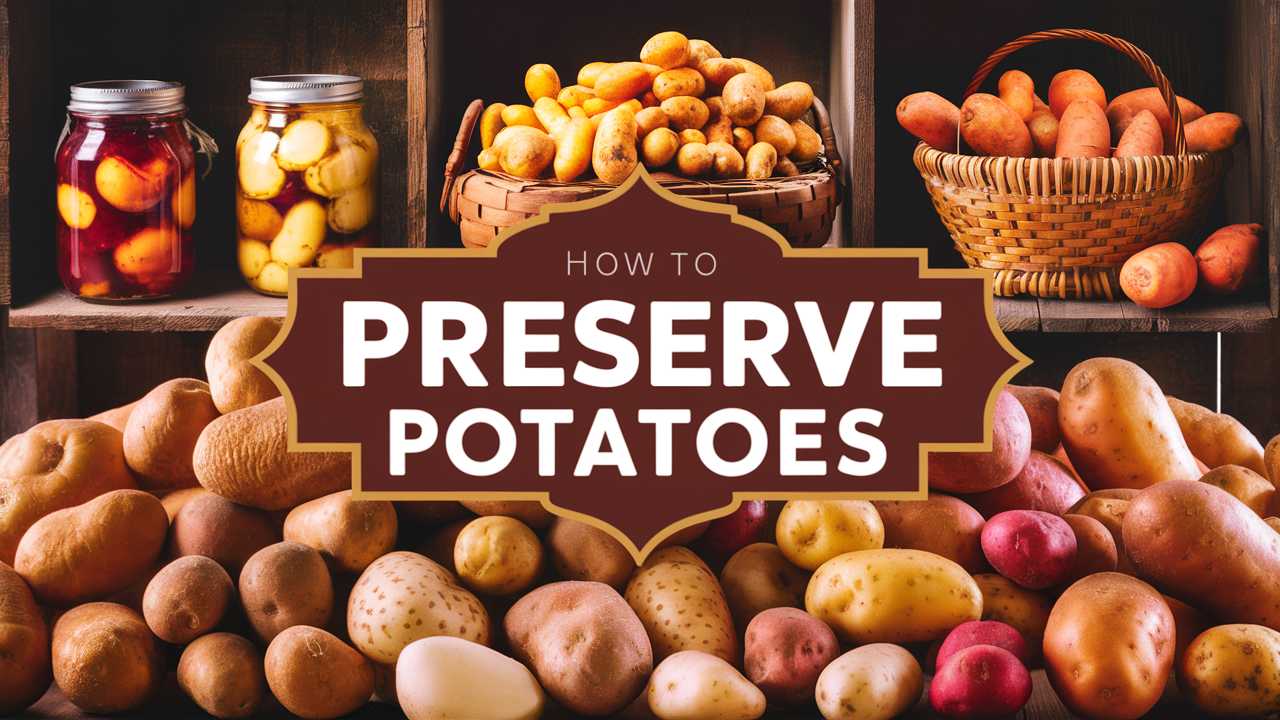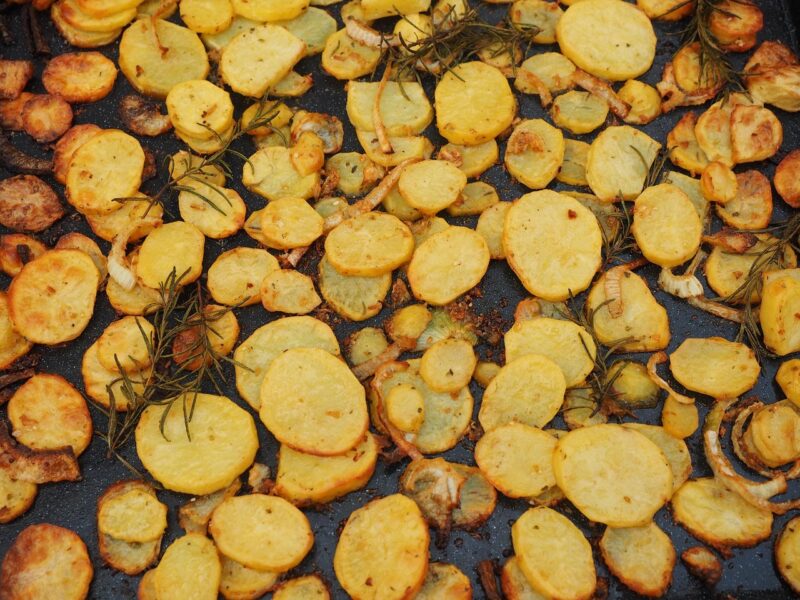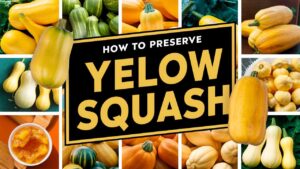This guide walks you through the various methods of preservation, their intricacies, and practical tips to keep your potatoes fresh, flavorful, and ready for your favorite recipes.
Understanding Potatoes and Their Storage Needs
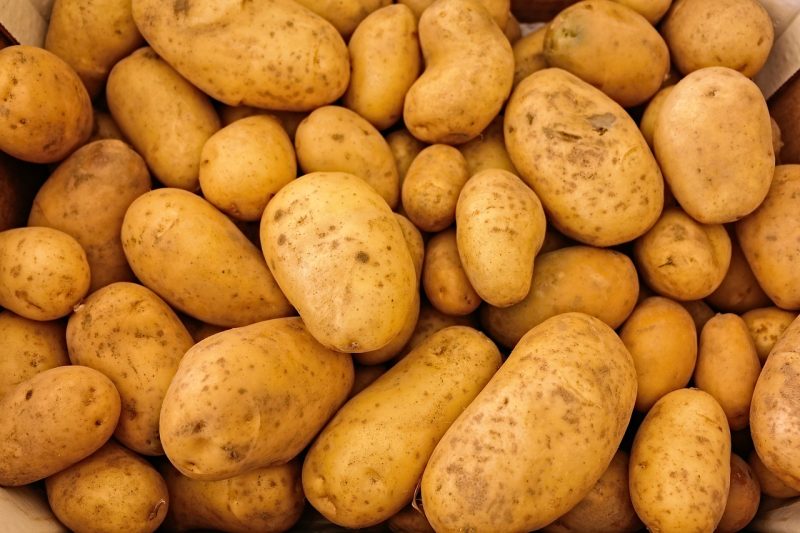
Before delving into preservation methods, it’s vital to understand what makes potatoes tick. Potatoes are moisture-rich, which makes them susceptible to rot if not stored properly. They thrive in cool, dark, and well-ventilated environments. Equally important is the need to keep them away from other produce (like onions or apples) that emit ethylene gas, which can accelerate spoiling.
Potatoes come in a multitude of varieties, including russet, red, yellow, and fingerling, each with its own unique flavor and texture. While preservation techniques can be applied broadly, some methods might be better suited to specific types of potatoes. Knowing the characteristics of what you’re working with can inform your approach.
The Art of Curing
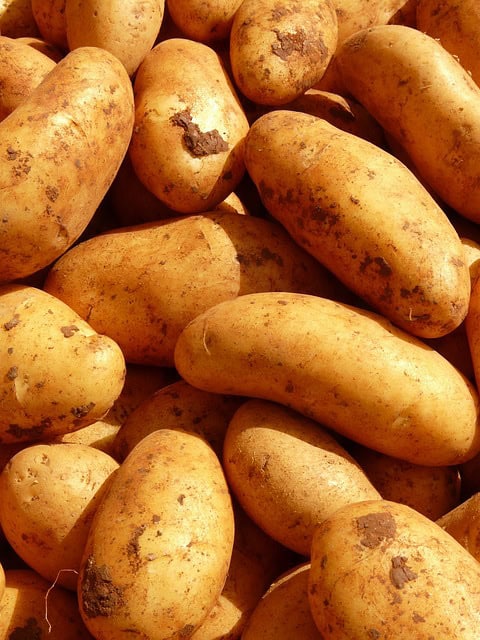
Curing is often the first step in preserving freshly harvested potatoes. After harvesting, the skin needs to thicken for optimal storage, which is where curing comes into play. This process involves keeping the potatoes in a warm, humid environment for a week or two.
To cure potatoes effectively:
Create the Right Environment: Place potatoes in a dark area with temperatures ranging from 45°F to 60°F (7°C to 16°C) with high humidity, such as a garage or cellar.
Avoid Sunlight: Sunlight can cause potatoes to produce solanine, a toxic compound that makes them taste bitter and harmful.
Monitor Regularly: Check for any signs of rot or sprouts. Remove any affected potatoes immediately to prevent spreading.
This initial step not only enhances the flavor but also increases the lifespan of your potatoes, allowing you to enjoy them for weeks or even months.
Storage Techniques
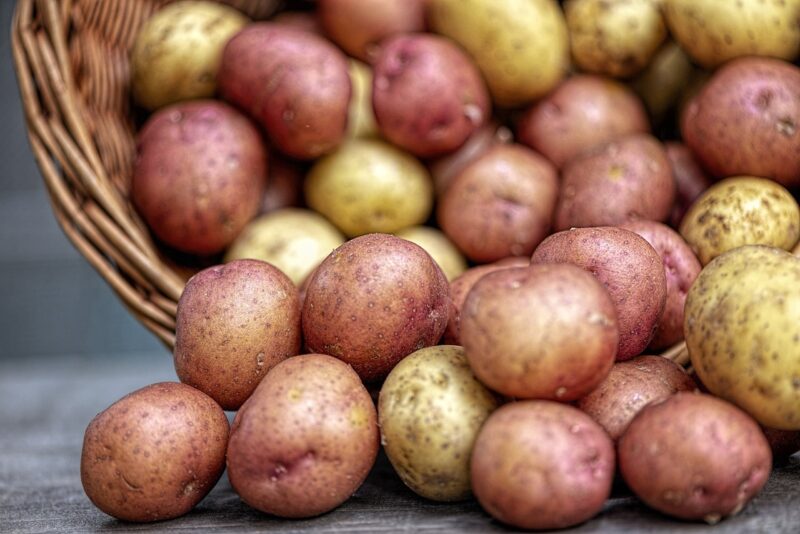
Once your potatoes have been cured, selecting the right storage method is crucial. Depending on your preferences and the resources available, you can explore various techniques to ensure longevity.
Cool, Dark, and Dry
One of the most straightforward storage techniques is simply placing them in a cool, dark, and dry location.
Burlap or Paper Bags: Storing potatoes in breathable sacks helps maintain airflow and prevents moisture accumulation. Avoid plastic bags, which can trap moisture and lead to rot.
Avoid the Fridge: Although it might seem counterintuitive, refrigerating potatoes can convert their starches into sugars, altering their texture and flavor.
Check Temperature: The ideal temperature range is between 40°F and 50°F (4°C to 10°C).
Root Cellaring
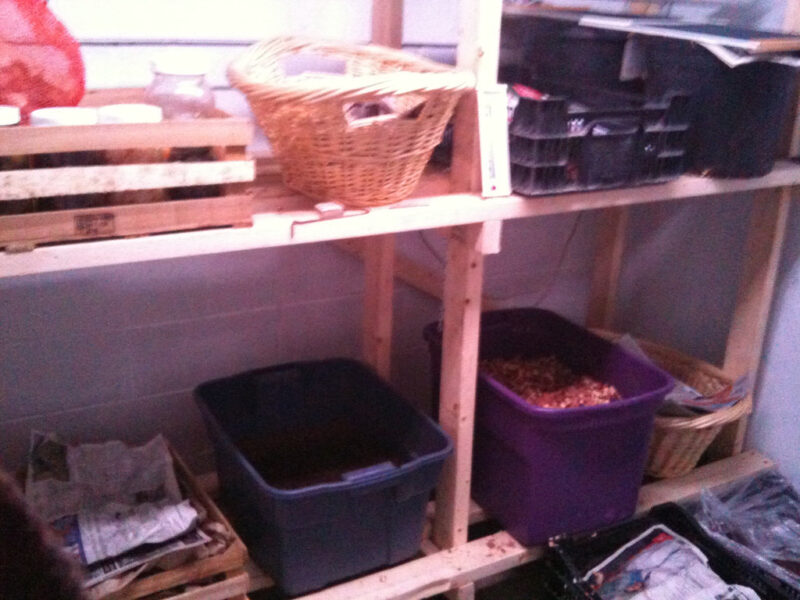
For those with a bit of space and some DIY spirit, creating a root cellar can be a rewarding project. This method mimics the conditions of a natural underground storage space, utilizing earth insulation to stabilize temperatures.
Location Is Key: Find a shady spot in your yard or basement. The soil temperature should ideally be consistent – not fluctuating with the seasons.
Design Considerations: The structure should be ventilated and insulated; air flow helps control humidity levels while keeping pests at bay.
Use Natural Materials: Straw, wood, and clay can provide excellent insulation and moisture control.
Creating a root cellar not only aids in potato preservation but also opens the door to storing other vegetables, ensuring a bountiful harvest throughout the year.
Alternative Storage Options
Should your circumstances prevent you from utilizing traditional storage methods, consider some alternative options based on environment and needs.
Dehydration: Dehydrating potatoes involves removing their moisture to inhibit spoilage. By slicing potatoes thinly and using a dehydrator or an oven set on low, you can create potato chips or flakes, which can last for a year or more.
Freezing: Another option is to freeze potatoes after blanching them quickly to halt enzyme actions. Be mindful of the texture change; they may not retain their firmness when thawed.
Sous Vide: This method involves vacuum-sealing potatoes and cooking them in a temperature-controlled water bath. This technique can infuse flavors, extend shelf life, and transform your potatoes into a delightful side dish.
Preservation Through Canning and Pickling

For those who enjoy preserving food creatively, canning or pickling potatoes opens up a world of possibilities.
Canning Potatoes
Canning is a method that creates long-lasting storage, but it requires a pressure canner because potatoes are low-acid foods.
Preparation: Start by washing and peeling your potatoes. Cut them into desired sizes and soak them in a solution of water and lemon juice to prevent browning.
Processing: Fill your jars with potatoes, leaving appropriate headspace and adding boiling water. Process the jars in a pressure canner according to the recommended guidelines for your altitude and equipment.
Storage: Once sealed and cooled, store the jars in a cool, dark place. Properly canned potatoes can last for years.
Pickling Potatoes
Pickling introduces a unique flavor and allows potatoes to be preserved in a more creative way.
Choosing Your Brine: The brine can be tailored with spices, herbs, and aromatics according to your preferences. Classic vinegar and water blends work, but consider experimenting with flavors like dill, garlic, or even beet juice for color.
Cut and Pack: Small potatoes can be pickled whole, while larger ones should be cut into smaller pieces for even pickling.
Refrigerator Pickling: For immediate consumption, quick refrigerator pickling is a simple method. Store them in the refrigerator in an airtight container for up to a month.
The possibility of adding various spices and flavors into your pickled potatoes can create a delightful side dish or snack, offering versatility beyond traditional preservation techniques.
Fermenting Potatoes
An often-overlooked preservation method is fermentation. Fermenting potatoes taps into the world of probiotics and health benefits while enhancing flavors in unique ways.
Lacto-Fermentation: By placing raw potatoes in a saltwater brine and letting them sit at room temperature, you can produce a tangy, slightly sour flavor.
Flavor Variations: Consider supplementing your brine with garlic, chili flakes, or herbs to introduce layered flavors.
Storage: Once fermented, store your jars in the refrigerator, where the cool temperatures will slow down fermentation and maintain their taste.
Fermented potatoes can serve as a delicious side dish or condiment, adding a zingy kick that can elevate any meal.
Cooking Techniques for Preserved Potatoes
Having preserved your potatoes, knowing how to cook and incorporate them into meals enhances their value. Here are a few cooking techniques to consider:
Roasting
Nothing complements the earthy flavor of potatoes like a good roast. Roasting preserved potatoes can yield crispy edges while maintaining a creamy interior. Toss them with olive oil, herbs, and spices for an irresistible dish.
Mashed Potatoes
A timeless favorite, mashed potatoes made from preserved stock can be an irresistible meal comfort. Boil until tender, then mash with butter and milk for the creamiest side.
Hash Browns
Rehydrated or thawed potatoes can be transformed into crispy hash browns. Just grate or dice, then sauté in a hot skillet with oil until they achieve a golden brown crunch.
Troubleshooting Potato Preservation
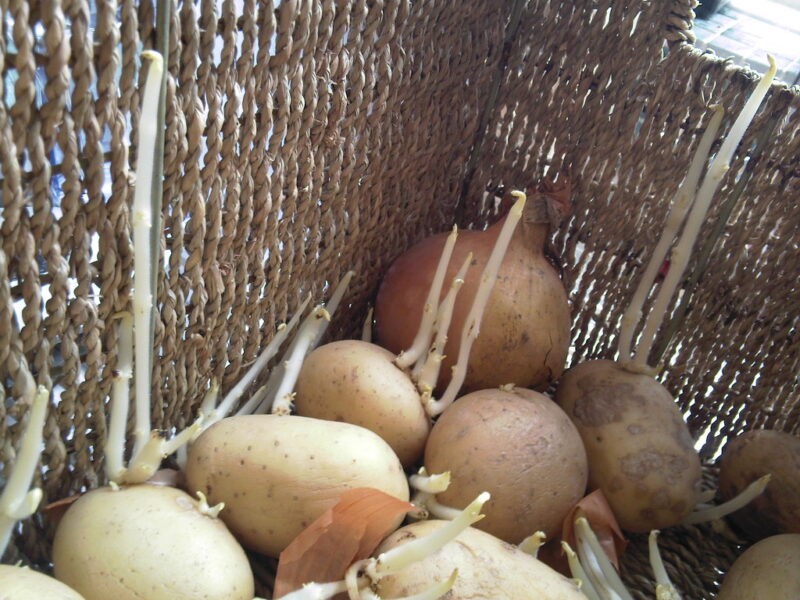
Despite best efforts, challenges can arise in potato preservation. Here are common concerns and their solutions:
Sprouting: If sprouts develop, simply cut them away before cooking. This often indicates that potatoes are too warm or in too much light.
Soft Spots: These can arise from over-moisture. Trim around the soft part; if the potato is mainly firm, it can often still be cooked.
Mold: If mold appears, it’s best to discard the affected potato, particularly if it seems extensive.
Awareness of these issues can make the difference between a successful preservation season and a disappointing outcome.
Conclusion
Preserving potatoes is not just about extending their life; it’s about harnessing their potential to elevate everyday meals and reduce waste. Whether utilizing traditional methods of curing and storing, exploring creative avenues like canning, pickling, or fermenting, the choices are diverse and enriching.


